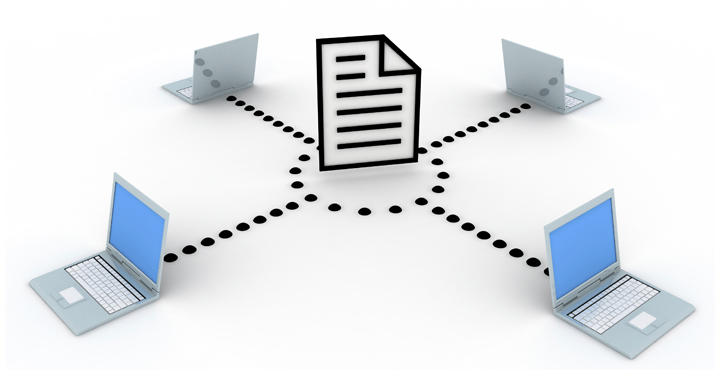
Replacing paper records with scanned versions: rolling up your sleeves and getting started
Anyone who has embarked on a document imaging project knows that there is a lot to consider. From basic questions, such as whether it is OK to destroy the paper source records after the conversion, to understanding the full legal implications of migrating to electronic records, imaging projects require plenty of of careful planning.
In a previous blog post we discussed some of those up-front planning steps when converting paper records into electronic versions. This includes the establishment of an electronic records retention program, which involves:
- Reviewing the applicable laws regarding electronic records.
- Tapping into industry associations for retention guidelines on electronic records.
- Ensuring that you have senior management support for the conversion project.
Into action: making your document conversion project a success
With the groundwork for an electronic records retention program in place, there are three additional best practices to consider as you get your conversion program under way:
- Document the steps you will take during conversion. Obviously this is important because it provides the conversion team with a clear set of instructions to follow. It also has another very important benefit, which is to provide evidence that the program meets applicable legal requirements and industry guidelines. If the imaging program is ever called into question during legal proceedings, this documentation will provide assurance of the authenticity, reliability and integrity of your imaged records.
- Implement and Electronic Records Management (ERM) System. Once records have been imaged, it is vitally important that they are carefully tracked and managed across their entire lifecycle. An ERM System such as TAB FusionRMS helps you do just that, enabling classification, retention and disposition, enhanced retrieval and sharing of electronic records.
- Review and audit the program regularly. As the old adage goes, even the best laid plans can be subject to failure through poor implementation. Ongoing audit and review procedures should be performed on multiple levels, including:
- Checks of image quality and meta data accuracy.
- Review of quality logs to confirm that prescribed corrective actions are taken when needed.
- Ensuring that the disposal of records is carried out according to plan.
- Checks that the overall program remains in compliance with changing legal and requirements and industry standards.
As we pointed out in a previous post, the unfortunate fact is that too many imaging programs still fail. The good news is that you can stack those odds in your favor by following best practices such as these.





